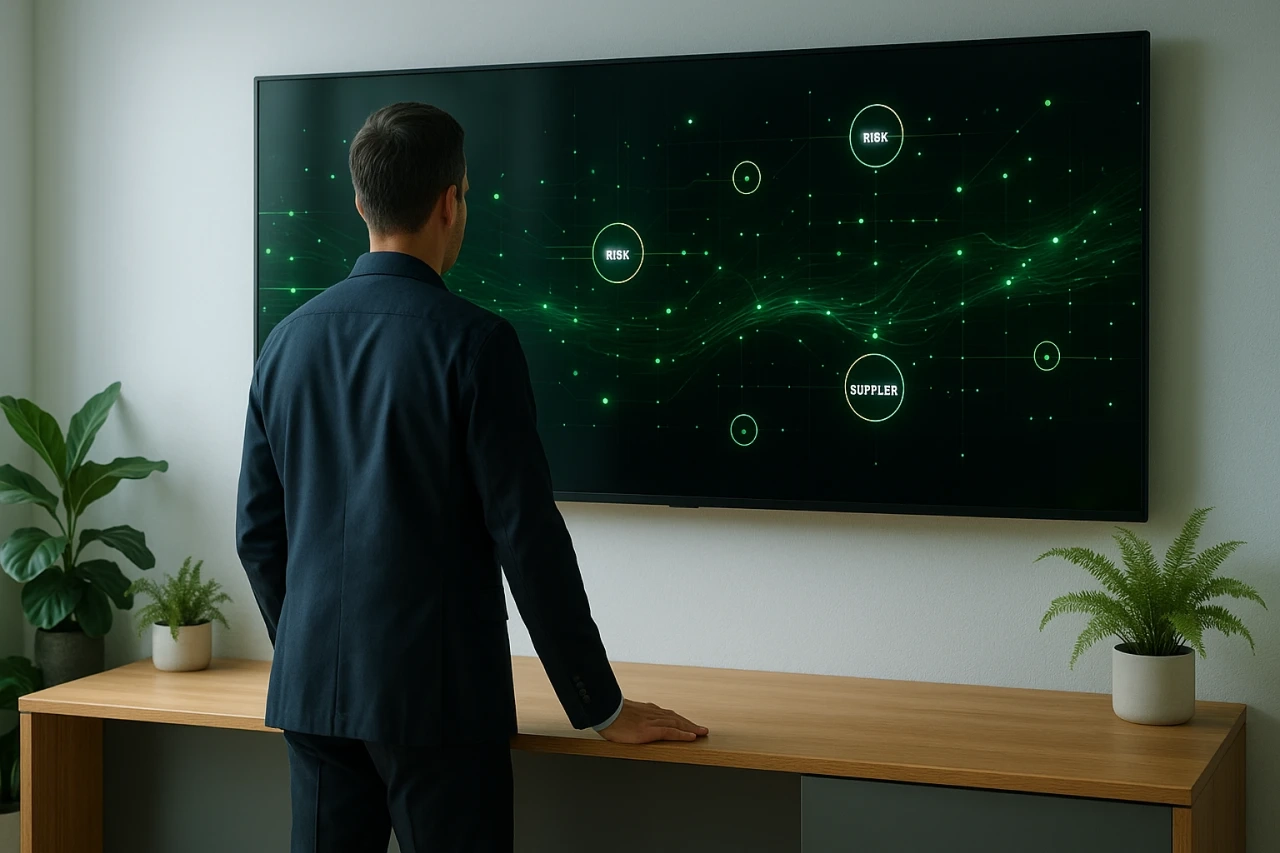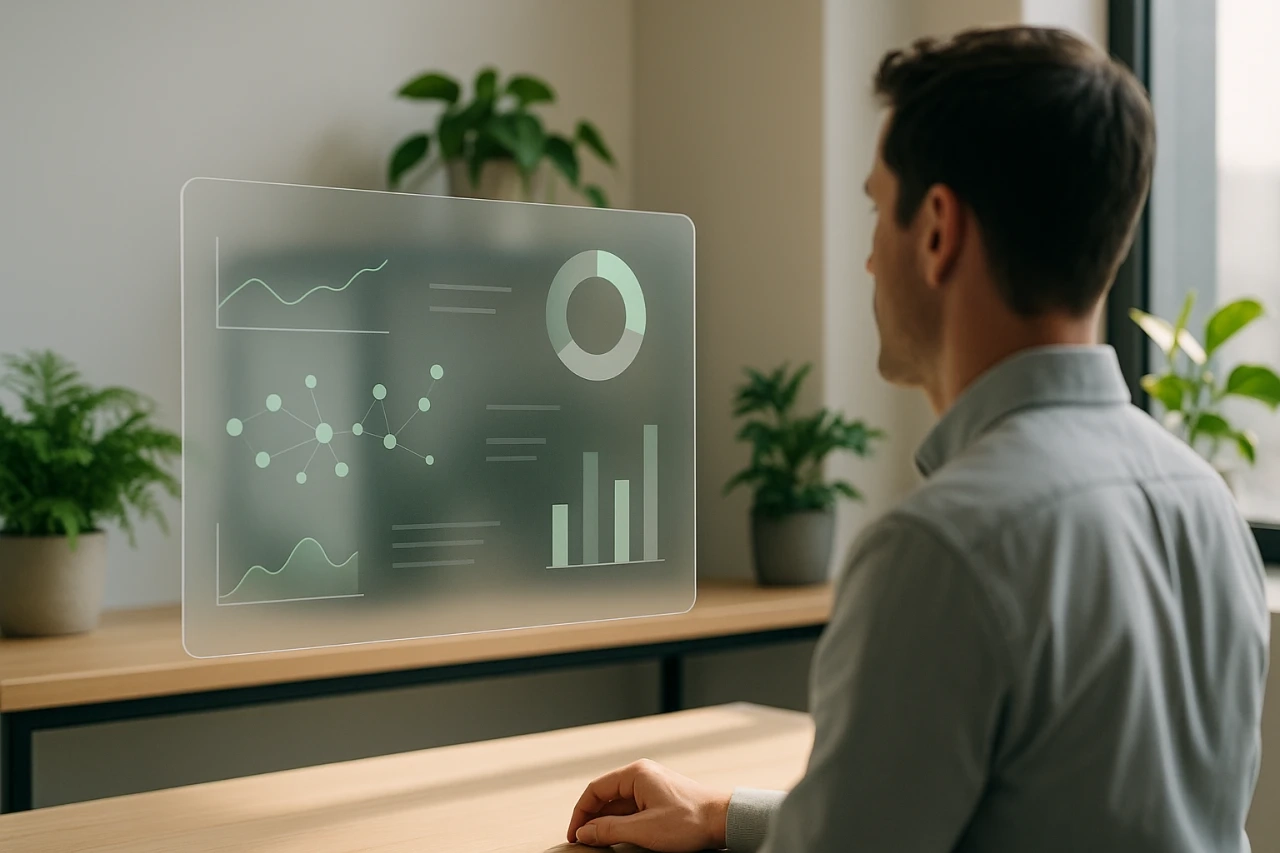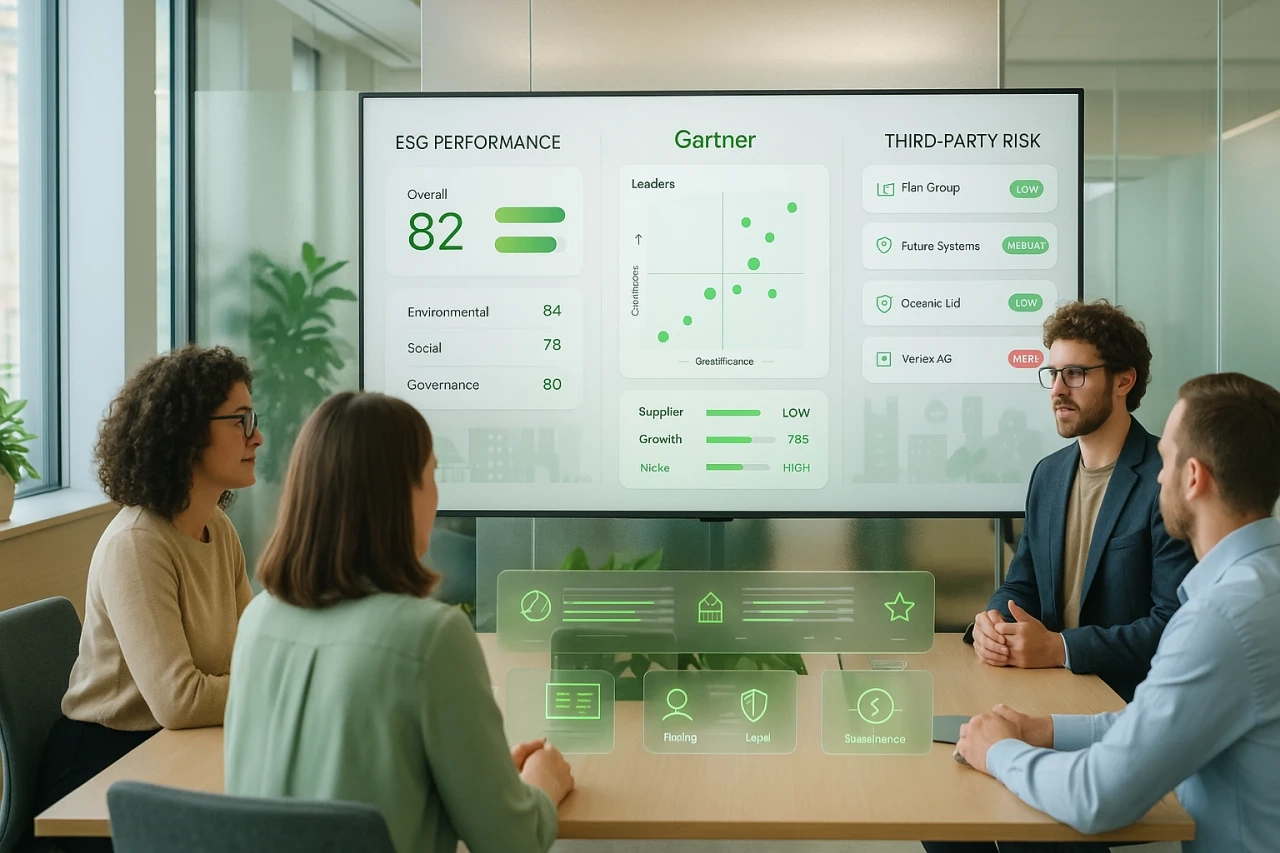Real-Time Monitoring: How to Revolutionize Third-Party Governance?

Maintaining reliable application performance and monitoring the supplier ecosystem are now core organizational priorities. CIOs and CFOs increasingly scrutinize the ROI of continuous monitoring, especially when outages can cost hundreds of thousands of euros within hours. With regulatory changes like DORA, NIS 2, and CSRD, a proactive approach rooted in real-time tracking is no longer optional—it’s redefining traditional governance around observabilityand operational resilience.
Why Continuous Monitoring Is Revolutionizing Third-Party Governance
The era of one-off supervision is over. As technological interdependence deepens and supply chains grow more complex, organizations must adopt proactive continuous monitoring to instantly detect any anomaly that could impact service availability, regulatory compliance, or product delivery.
This marks a sharp departure from traditional third-party risk dashboards which only offer periodic data visualization. With enhanced observability, continuous monitoring reveals weak signals in the interactions between IT systems and third parties—minimizing service disruptions and enabling real-time operational responsiveness.
How Continuous Monitoring Transforms ROI Calculation
CFOs and CIOs often question the ROI of investing in advanced real-time monitoring tools. But far from being a comfort feature, continuous monitoring optimizes budget allocation by enabling early incident detection—reducing costs tied to undetected failures.
When comparing the costs of inaction (downtime, remediation, contractual penalties) to those of permanent IT monitoring, the latter offers a clear ROI boost. This predictive approach aligns with the DORA/NIS 2 mandates for enhanced third-party oversight, transforming compliance obligations into competitive advantages.
Discover how to optimize your continuous monitoring with a personalized third-party governance diagnostic.
Concrete Benefits of Continuous Monitoring
Drastic Reduction in Response Times
Built-in early detection via continuous IT monitoring significantly shortens response times. Unlike periodic dashboards, continuous surveillance spots issues at their inception, allowing teams to act before reaching critical thresholds.
According to Gartner, this heightened responsiveness cuts the likelihood of major third-party incidents by 60%. In industrial settings, early detection can prevent supply chain failures by tracking critical factors like REACH compliance or ICPE regulation shifts.
Operational Cost Optimization
Improved observability from continuous monitoring reduces hidden costs from undetected malfunctions. A Deloitte study shows 79% of companies implementing real-time tracking experience improved overall performance.
This manifests in tighter cost control via supplier expense visibility, reduced operational risks through early contract anomaly detection, and massive time savings through automated reporting.
Industry-Specific Use Cases
Industrial Sector: Anticipating Critical Failures
In industries like construction, continuous IT supervision helped BlaBlaCar reduce incident resolution time by 50%, while Choozle cut downtime by 80%. Early detection ensures uninterrupted productivity during critical periods—offsetting downtime-related costs.
Integrating Aprovall’s AI document monitoring enhances prediction, enabling real-time and historical data analysis to foresee issues before they arise.
Retail and Distribution: Marketplace Oversight
Retailers rely on continuous monitoring to manage omnichannel supply chains. Regulations like DORA, NIS 2, and CSRD now demand heightened vigilance over international marketplaces—transforming traditional third-party governance into digital resilience.
Strategic Implementation
Structuring a Proactive Strategy
Effective real-time tracking begins with goal setting: Which critical processes need monitoring? Which third-party dependencies are most risky? What level of observability is needed for sensitive business scenarios?
Implementation involves:
- Mapping third-party relationships
- Identifying strategic control points
- Defining alert thresholds based on relevant business KPIs
- Automating reporting with clear decision-making protocols
This method improves operational visibility while reducing hidden interface risks. It aligns with the TPRM-to-TPGRC shift toward integrated risk governance.
Integrating Artificial Intelligence
Dynamic analysis of IT supervision data enhances alert accuracy, limits false positives, and speeds up incident response. Sharing this data across business, IT, and compliance functions boosts system-wide efficiency.
Modern observability tools reveal previously invisible correlations—offering deeper insights into structural risks and accelerating resolution of third-party incidents. This fosters a culture of cross-functional operational excellence.
Examples of Avoided Failures
Construction: Preventing Delivery Delays
A real estate delivery relied on a complex digital document management network. A silent infrastructure issue, undetectable via monthly checks, could have delayed subcontractor compliance visas—causing penalties and indirect costs.
Thanks to continuous monitoring, infrastructure slowdown was detected within minutes, allowing technical teams to act preemptively—securing delivery timelines and avoiding cascading expenses.
Public Sector: Ensuring Citizen Service Continuity
Continuous IT monitoring allows municipalities to detect slowdowns in critical systems before they impact citizens. According to ANSSI, 187 cyber incidents affected local authorities between Jan 2022 and Jun 2023, underscoring the importance of early detection in maintaining public service continuity.
This proactive approach fits seamlessly with the 2025 public procurement priorities, where proving ROI for tech solutions is paramount.
Download our collaborative monitoring implementation guide to structure your real-time tracking strategy.
Toward Augmented Third-Party Governance
Continuous monitoring is reshaping third-party governance, facilitating the strategic shift from basic TPRM to full-fledged TPGRC. This tech evolution supports sector-specific challenges:
- Regulatory compliance in construction
- Cyber-risk management in industry
- Marketplace tracking in retail
- Public contract optimization in the public sector
With over 450,000 third parties monitored worldwide, Aprovall proves that real-time technologies not only mitigate risk—but actively enhance the value of partner ecosystems and drive operational resilience.
As 2026 approaches, observability becomes a core differentiator for European firms seeking to maintain their edge while meeting growing regulatory demands.
These articles might interest you
-
 12 May 2025Understanding the Impact of the NIS 2 Directive on the Supply ChainSecteurThe modern supply chain forms the backbone of European economies, orchestrating complex flows between partners, suppliers, and subcontractors. With the acceleration of digitalization, this growing interconnection exposes organizations to unprecedented cyber vulnerabilities. The NIS 2 directive, effective since October 2024, is revolutionizing the cybersecurity approach by mandating collaborative evaluation of third-party partners. This regulatory shift […]
12 May 2025Understanding the Impact of the NIS 2 Directive on the Supply ChainSecteurThe modern supply chain forms the backbone of European economies, orchestrating complex flows between partners, suppliers, and subcontractors. With the acceleration of digitalization, this growing interconnection exposes organizations to unprecedented cyber vulnerabilities. The NIS 2 directive, effective since October 2024, is revolutionizing the cybersecurity approach by mandating collaborative evaluation of third-party partners. This regulatory shift […]Read more
-
 14 May 2025Environmental Criteria for Third-Party Partner EvaluationSecteurMore and more companies are incorporating environmental preservation into their overall strategy. Whether through sustainable practices or compliance with the CSRD (Corporate Sustainability Reporting Directive), these organizations aim to reduce their ecological footprint. The evaluation of suppliers plays a crucial role in this process, using various environmental criteria to ensure a responsible supply chain. What […]
14 May 2025Environmental Criteria for Third-Party Partner EvaluationSecteurMore and more companies are incorporating environmental preservation into their overall strategy. Whether through sustainable practices or compliance with the CSRD (Corporate Sustainability Reporting Directive), these organizations aim to reduce their ecological footprint. The evaluation of suppliers plays a crucial role in this process, using various environmental criteria to ensure a responsible supply chain. What […]Read more
-
 23 June 2025How to Select Priority KPIs or KRIs for Third-Party MonitoringSecteurIn third-party governance, tracking key performance indicators (KPIs) has become a central component in meeting rising expectations for operational resilience. Operations managers and compliance officers now expect dynamic dashboards that clearly rank the risks associated with each third-party partner while taking into account industry specifics and risk profiles. According to a Grant Thornton study, only 45% […]
23 June 2025How to Select Priority KPIs or KRIs for Third-Party MonitoringSecteurIn third-party governance, tracking key performance indicators (KPIs) has become a central component in meeting rising expectations for operational resilience. Operations managers and compliance officers now expect dynamic dashboards that clearly rank the risks associated with each third-party partner while taking into account industry specifics and risk profiles. According to a Grant Thornton study, only 45% […]Read more
-
 11 June 2025Decoding Gartner Evaluation Criteria for European Third-Party Governance PlatformsSecteurAs third-party governance becomes a cornerstone of operational resilience for organizations, Gartner’s Magic Quadrant evaluation standards stand out as an essential benchmark. However, their application within the European market demands a methodical adaptation to incorporate regulatory compliance with DORA, NIS 2, and CSRD, while ensuring data sovereignty and security. This dual imperative shapes how decision-makers in the […]
11 June 2025Decoding Gartner Evaluation Criteria for European Third-Party Governance PlatformsSecteurAs third-party governance becomes a cornerstone of operational resilience for organizations, Gartner’s Magic Quadrant evaluation standards stand out as an essential benchmark. However, their application within the European market demands a methodical adaptation to incorporate regulatory compliance with DORA, NIS 2, and CSRD, while ensuring data sovereignty and security. This dual imperative shapes how decision-makers in the […]Read more
